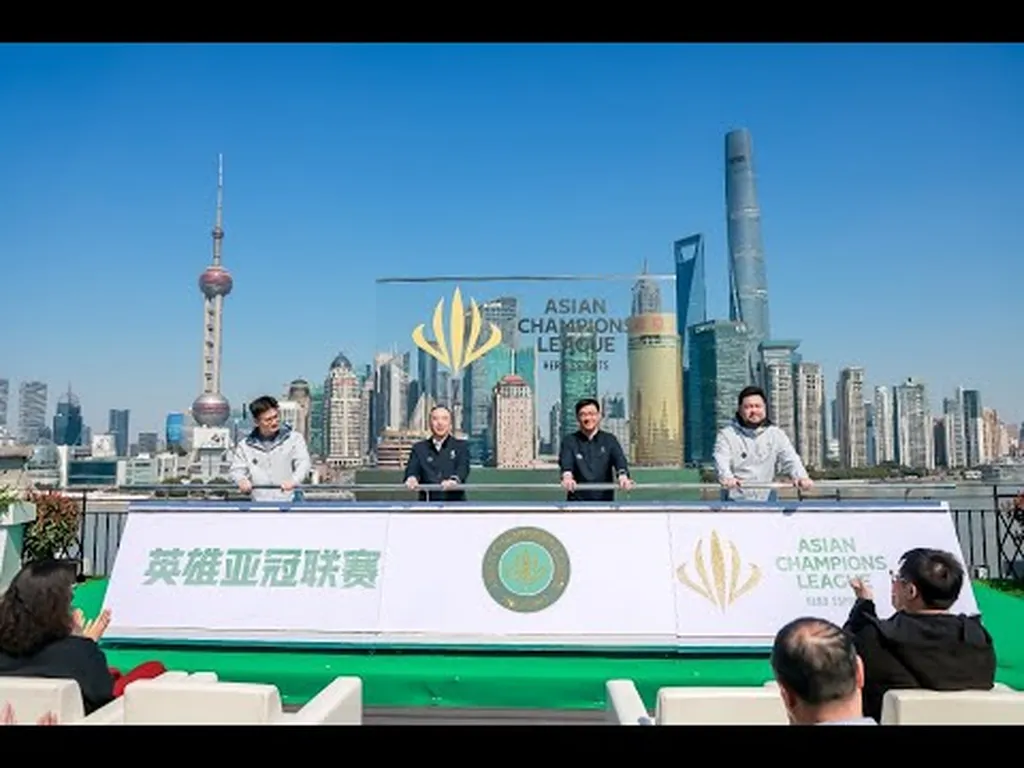In the quest to enhance crop quality and yield, researchers have turned to innovative solutions that combine age-old elements in new ways. A recent study led by Hui He from the Crop Breeding & Cultivation Research Institute at the Shanghai Academy of Agricultural Sciences has uncovered promising results using a combination of hypochlorous acid (HClO) and hydrogen-rich water (HRW) to boost the growth and nutritional value of mung bean sprouts. Published in the journal *Shipin gongye ke-ji* (translated as “Food Industry Science and Technology”), this research could have significant implications for the agricultural sector, particularly in the realm of sustainable and high-quality food production.
The study focused on the effects of different concentrations of HClO and HRW on the growth characteristics, nutritional quality, and antioxidant capacity of mung bean sprouts. He and her team found that a specific concentration of 15 mg/mL of HClO significantly improved the germination rate and promoted the growth of mung bean sprouts. “The combination of HClO and HRW not only enhanced the sprouts’ growth but also significantly improved their nutritional profile,” He explained. “This dual treatment approach could revolutionize how we cultivate high-quality sprouts and other crops.”
The researchers observed that the combined treatment increased soluble protein, total phenols, and total flavonoids in the sprouts by 67.1%, 30.5%, and 35.2%, respectively, compared to the control group. Amino acid content also saw a notable increase. “The antioxidant capacity of the sprouts was markedly enhanced, which is crucial for both consumer health and shelf life,” He added. The study measured various antioxidant enzyme activities and found that the treatment group exhibited higher levels of FRAP, DPPH, and ABTS+ free radical scavenging capacities, as well as increased POD, CAT, and SOD activities.
Principal Component Analysis (PCA) further revealed that the improved nutritional quality of the bean sprouts was closely linked to their enhanced antioxidant capacity. This finding suggests that the combined use of HClO and HRW could be a game-changer in the agricultural industry, particularly for producers aiming to enhance the nutritional value and marketability of their crops.
The commercial implications of this research are substantial. As consumer demand for high-quality, nutrient-dense foods continues to grow, farmers and agricultural businesses can leverage this innovative treatment to meet market needs more effectively. “This research provides a solid theoretical foundation for the production of bean sprouts and potentially other crops,” He noted. “It offers a sustainable and efficient way to improve crop quality, which can lead to better yields and higher market value.”
The study’s findings could also pave the way for further research into the use of HClO and HRW in other agricultural applications. As the agricultural sector continues to evolve, the integration of such advanced treatments could become a standard practice, benefiting both producers and consumers alike. With the publication of this research in *Shipin gongye ke-ji*, the agricultural community now has a valuable resource to explore the potential of these treatments in enhancing crop quality and yield.
In an era where sustainability and nutritional quality are at the forefront of agricultural innovation, this research by Hui He and her team offers a compelling glimpse into the future of crop cultivation. As the agricultural sector continues to adapt to changing consumer demands and environmental challenges, the insights gained from this study could shape the development of new, more effective cultivation practices. The journey towards sustainable and high-quality food production has taken a significant step forward, thanks to the pioneering work of He and her colleagues.

